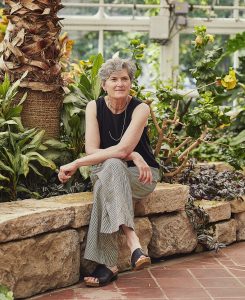We are thrilled to host Dr. Beth Parker on Tuesday, April 2 in the Lory Student Center for her lecture titled “Building Diffusion into Hydrogeologic Conceptual Site Models with Field Evidence.”
A reception for Dr. Parker will be held at 5:30p in the LSC University Lounge. The lecture will begin at 6:30p in the LSC University Ballroom.
Dr. Parker (PhD, FCAE, AGU Fellow, BCEEM, and LEL) is the Director of the Morwick G360 Groundwater Research Institute and a professor in the School of Engineering at the University of Guelph in Ontario, Canada. She is also the Co-Director of the University Consortium for Field-Focused Groundwater Research. Read more about Dr. Parker at https://g360group.org/our-team/principal-investigators/beth-parker/
This lecture is provided through the Dr. Arthur T. Corey Distinguished Lecture Series (est. 2015), inspired by our Professor Emeritus Arthur “Art” Corey whose research focused on the flow of immiscible fluids with applications in groundwater hydrology and soil physics.

Abstract:
I was first introduced to diffusion and denser-than-water, oily liquid contaminants (DNAPLs) as a junior groundwater engineer at a chemical manufacturing facility where organic solvents had entered bedrock during past decades. New regulations (i.e. RCRA and Superfund) strictly enforced site owners to assess impacts and the groundwater profession found DNAPL problems at many sites. This prompted initiation of the University Consortium “Solvents-In-Groundwater Research Program” in 1987 that I joined as a corporate representative. Wells in fractured sedimentary rock provided puzzling observations and the suggestion by a consultant that diffusion may be a factor was piqued my interest. I soon decided to become a PhD student to pursue the idea of diffusion influences in fractured rock but was re-directed to field experiments in fractured clay as a proxy to reduce risks/costs. Over the past 40 years, I found ways to sample at the scale necessary to quantify diffusion in low permeability zones over a range of time scales that informs 1) DNAPL source zone conditions, 2) when reverse diffusion fluxes cause plume persistence, 3) enumerate hydraulically active fractures in rock to improve prediction of plume behavior, risks to receptors and/or remediation efficacy. Take a tour through the past four decades of field-based research in a variety of hydrogeologic settings where quantifying diffusion transport supported the building of process-based conceptual site models.